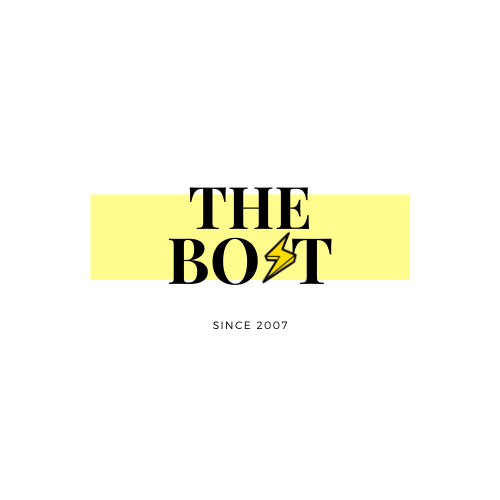Our Process
Curious to learn more about how our articles are published? We’ve decided to give readers the inside scoop. Now, you can see how every story on our website comes to fruition. Continue reading to find out!
Idea Generation
All story ideas come from our student-run team. This means our members are highly aware of the news and events going on around UNE’s Biddeford Campus. (Although focused on the Biddeford campus, we have interests in the Portland and abroad campuses as well.) From their observations, members bring in their ideas to our bi-weekly meetings and pitch them as articles. This allows everyone on the team to give input or ask questions before a story proceeds to the writing stage.
Building The Story
Once a story idea has been pitched by members and approved by the editor-in-chief (or co-EICs), the writer begins a data/information collection process. This includes finding students, faculty, and staff to speak to for background on story ideas, interview, or receive statements from. Often, the Bolt team will provide input on who may be a good source to speak with.
For controversial topics, writers are always encouraged to find sources with opinions and perspectives on various sides of the matter. We emphasize the use of diverse sources, encouraging writers to cite students with a range of perspectives and who come from different grades, majors, and communities/groups. Similarly, when interviewing faculty and staff, writers look for a diverse range of opinions and credentials to ensure the article displays every side of an issue.
Using friends as a source is discouraged, and writers are given the tools to make new connections, practice cold-calling, and interview students, faculty, staff, local citizens, and other members of the local communities.
Rarely, anonymous sources are used. All writers are encouraged to pursue information on the record. However, the use of anonymous sources became a solidified journalistic practice in the late 2000s, and if a source feels disclosing their name will cause mental, physical, or emotional harm to themselves or others, they may be cited off the record. When citing an anonymous source, writers are encouraged to follow AP guideline’s ‘Anonymous Sources’ ground rules. For more information about the history of anonymous sources as well as why their use has become more widely accepted in journalism, we encourage readers to look at this New York Times article: Talk to the Newsroom: The Use of Anonymous Sources.
Editing
Every story goes through two stages of editing before they are published on our website. Once a member has completed an article draft, it is sent to our Editor-in-Chief for review. They go through the story, leave comments, and discuss them with the writer in a follow-up meeting. Editors both take on sentence-level editing, copy editing, and story-shaping roles. The writer is then asked to make the suggested edits before the editors look over them a second time. Often, editors will have multiple back-and-forth discussions before agreeing on the finalized edits. After a second viewing by both editors and the writer(s), the article is then published on an agreed-upon date between editors and writers.
Depending on the content of an article, leadership may request an advisory consultation before publishing it. Articles subject to further review are often investigative or opinion pieces.
Publication
Stories are published on our website, unethebolt.com, by our Editor-in-Chief. While being published, they are reviewed once more for grammatical errors, sentence structure, and overall quality. Editors also make sure the photographs and texts are properly formatted.


